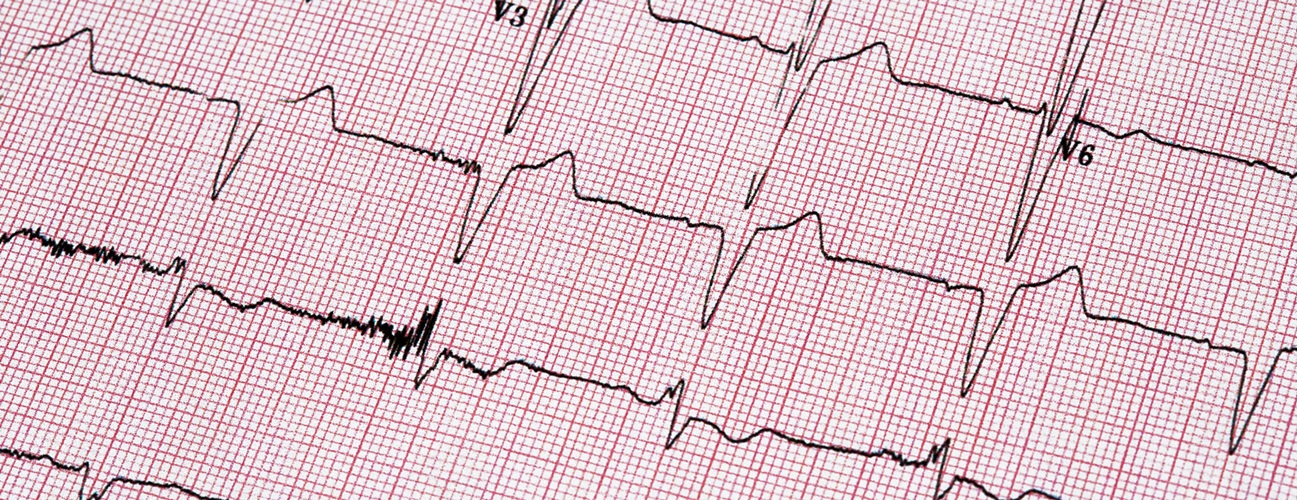AFib Surgery and Maze Procedure
The maze procedure is an operation to treat atrial fibrillation (AFib or AF), a type of irregular heartbeat.
What is a maze procedure?
The maze procedure creates scars in strategic places in the atria (the heart’s two upper chambers). This creates a “maze” of scar tissue that the surgeon creates with the application of cold energy (cryoablation). The maze can prevent faulty electrical signals from causing AFib.
A maze procedure can be done during open-heart surgery for another heart condition. Or it can be a minimally invasive procedure (sometimes called a minimaze) performed with smaller incisions.
A maze procedure can correct AFib, improving symptoms and quality of life.
During the procedure, the surgeon also closes the left atrial appendage — a finger-size outpouching of the left atrium that is commonly the source of blood clots that occur from stagnant blood when a person is in AFib. Closing the left atrial appendage has been shown to decrease the risk of stroke by more than 30%.
The maze procedure is successful in treating AFib in 60%–70% of patients, who can often stop taking blood thinners several months after the procedure.
Why might I need a maze procedure for AFib?
AFib can cause several symptoms, such as chest pain and shortness of breath. It also may lead to complications such as blood clots and stroke. So, it’s important to diagnose and treat it.
There are several additional ways to treat atrial fibrillation, including:
- Medications
- Cardioversion — shocking the heart to reset to a normal rhythm
- Catheter ablation — a minimally invasive procedure that destroys the tissue causing AFib
The maze procedure is used to treat people who don’t respond to other treatments or can't tolerate them. It's also a good option for people who need open-heart surgery for additional reasons (for example, to treat mitral valve disease) because both procedures can be performed at the same time.
The maze procedure can correct AFib, ease symptoms and prevent complications. Your doctor will help you decide whether the procedure or another option is right for you.
How do I get ready for a maze procedure?
To make sure you are healthy enough for this open-heart surgery, you may need some tests:
- Blood tests
- Chest X-ray
- Electrocardiogram, also called an ECG or EKG, to assess the heart rhythm
- Echocardiogram, or echo, to assess heart structure and function
If you are scheduled for a maze procedure, your surgeon will give you specific instructions, including:
- Avoid eating or drinking anything after midnight the day of surgery.
- Stop smoking before the procedure.
- Stop taking certain medications beforehand, particularly blood thinners.
AFib Treatment at Johns Hopkins
- Heart disease specialists oversee your care.
- Treatments are informed by the latest research.
- Care available throughout the Baltimore and Washington, D.C., metro areas.

What happens during a maze procedure?
Maze procedures vary depending on the condition of patients and other procedures happening at the same time. But in general, the surgery lasts several hours.
The surgical team will:
- Shave the skin where the surgery will occur, if needed.
- Give you anesthesia so that you sleep deeply and experience no pain during the operation.
- Make an incision (cut) down the middle of your chest and separate your breastbone.
- Connect you to a heart-lung machine (cardiopulmonary bypass), which will do the work of your heart and lungs during the procedure.
- Use cryoablation to make scar lines in the left and right atria. The surgeon may also close the left atrial appendage.
- Remove you from the heart-lung machine, wire your breastbone back together, and close the incision with stitches or staples.
What are the risks from a maze procedure?
Complications can occur after any type of surgery, and they are more likely in people who:
- Are older
- Are very overweight
- Have multiple medical conditions
- Smoke
Your surgeon will talk to you about your risks and how to reduce them.
Complications after the maze procedure are rare but may include:
- Bleeding
- Blood clots, which might lead to a stroke or heart attack
- The need for a permanent pacemaker
- Complications from anesthesia
- Failure to control the abnormal rhythms
- Infection
- Kidney failure
- Other abnormal heart rhythms
What happens after maze surgery?
After surgical ablation, you will be moved to a recovery room, where you will wake up from the anesthesia. You will be a little sore, but you shouldn’t feel severe pain.
You may have a tube in your throat to help you breathe. You also might have a tube in your chest to drain extra fluids. The tubes are usually removed within two days after surgery.
Your health care team will:
- Monitor your heart rate and other vital signs through machines at your bedside
- Teach you breathing exercises to help remove fluids that can collect in the lungs during surgery
- Give you only liquids to drink at first, then slowly add food you can eat
- Encourage you to sit in a chair and walk with help during the first day or two
- Monitor your pain and give you medications and strategies to manage it
- Remove the tubes as you recover
Most people stay in the hospital for a few days after a maze procedure. Someone should drive you home.
After you leave the hospital:
- Avoid lifting anything heavy for several weeks.
- Follow all recovery instructions, including regarding medications, exercise, diet, wound care and driving.
- Have someone help at home.
- See the surgeon in seven to 10 days for a follow-up appointment and for removal of stitches or staples.
- You will slowly recover your strength over several weeks.
What is the outlook after AFib surgery?
The maze procedure is usually successful — it corrects AFib and prevents stroke in 60%–70% of patients. However, atrial fibrillation can come back.
Talk to your doctor about how often you should have follow-up appointments to monitor your health after AFib surgery.






